

| eBird.org | |
El Castillo (Nicaragua) to San José (Costa Rica), March-May 2018
|
|
|
|
|
We are finally there: Costa Rica. The border crossing from Nicaragua is smooth and when we walk our first meters in Costa Rica we notice that we have arrived in a different world. Nicaragua is the third world country with all accompanying problems, while Costa Rica is a second world destination that has found the way up. We stay the first night in the border town of Los Chiles, where we get our first impressions about the Costa Ricans, the local food and the higher prices. In Costa Rica it is important to watch your purse, because the country is specialized in 'emptying' tourists’ pockets. Much in this country is dominated by tourism, and everything has its price. It will therefore become a ‘sport’ to visit the places that are off the beaten track and are still beautiful. Our first real destination are the wetlands of Caño Negro. We found a small family hotel on the edge of the park and spent several days in the area to see some beautiful birds that Costa Rica has on offer. We were extremely happy with the Jabiru, a tropical version of the stork. Since a few years, we put all our bird observations in the eBird database (www.ebird.org). This online database is not only a great tool to manage your own observations, but the data that hundreds of thousands of bird spotters around the world contribute to the system, is also a valuable resource for scientific bird studies. On May 5 2018 alone, the world birdwatching day, 28,000 people from 170 countries have been on their way to observe birds. They saw 6899 different species, and that is 2/3 of all bird species of the world. For the second year in a row, most bird species (1546 different species) were observed in Colombia. But that result didn’t come easy. Even Colombia’s president and the Colombian Air Force joined the bird watching event. |
|
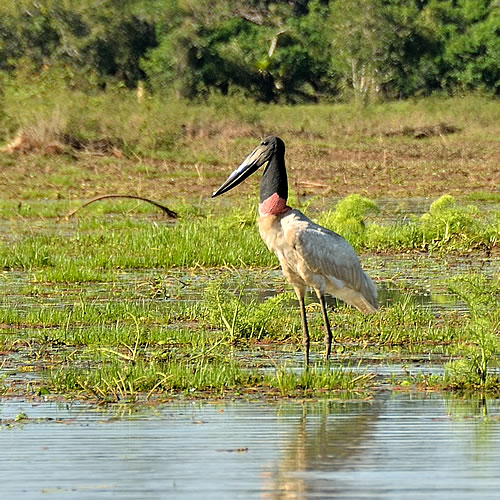 |
|
A Jabiru in the Caño Negro Wetlands |
|
eBird.org, an initiative of The Cornwell Lab, transforms the passion of the world’s birdwatching community into critical data for research, conservation and education. This amount of data is unprecedented and gives detailed information about occurrences of bird species, their numbers, and their migration characteristics. Analyses can be made that were previously impossible. It is very important to know how well or bad birds are doing, because the wellness of birds is like a thermometer for the wellness of our planet. We like it very much that we help gathering data about birds through our hobby. Online you can keep track of submitted observations: (https://ebird.org/livesubs). After our visit to Caño Negro we visited the towns of Quesada and Puerto Viejo de Sarapiqui. These are great destinations to experience Costa Rican life, but there is not much to see. Compared with the towns in neighbouring Nicaragua, which are often more picturesque with colourful markets and people, Costa Rican town are a little bit boring. Costa Rica is mainly a nature destination. And that what they have. A lot! Our following destinations were La Fortuna and Monteverde. These destinations are among the most visited tourist spots in the country, and that is not surprising. La Fortuna is best known for its Arenal volcano that wreaks above the village, while Monteverde is known for its highland forests. Both are busy destinations, but with a little bit of effort, the biggest crowds can be avoided, so both destinations are still worthwhile. As far as the lowland birds are concerned, we recommend the National Park Carara, which we visited from the town of Puntarenas by public bus. This park is also very busy, but most people do not get further than the hiking trails that surround the visitor centre. So if you roam further into the forest, you will also be treated to beautiful birds here. Another recommendation is the national park with the name Tapanti. This national park is very little visited, because it is not on the traditional tourist path of Costa Rica. The small town of Orosi is a friendly town with all the necessary facilities that can serve as a base for Tapanti. |
|
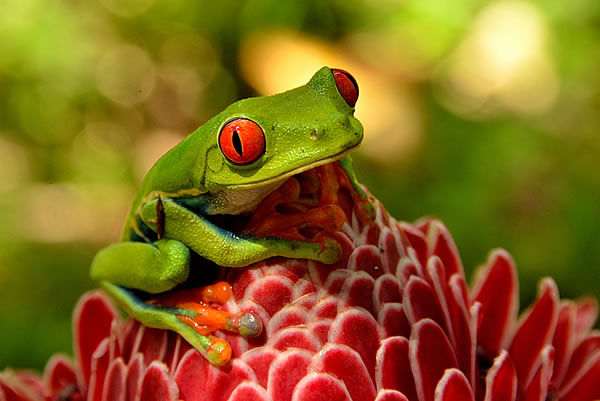 |
|
A Red-eyed Tree Frog |
|
|
There are also a number of national parks that we deliberately did not visit, such as the national parks Manuel Antonio and Corcovado. Both world-famous national parks are overrun by tourists in such a way that we no longer had any confidence that we could see wildlife there. The Corcovado park can no longer be visited without a guide, and that is where it ends for us. We definitely like to pay occasionally for a good guide if we want to see or experience something special. But we are not going to pay for a guide because the authorities think that is the way to keep the visitors under control. So we looked for other national park where these restrictions do not apply. And there are enough such parks in Costa Rica.
|
|
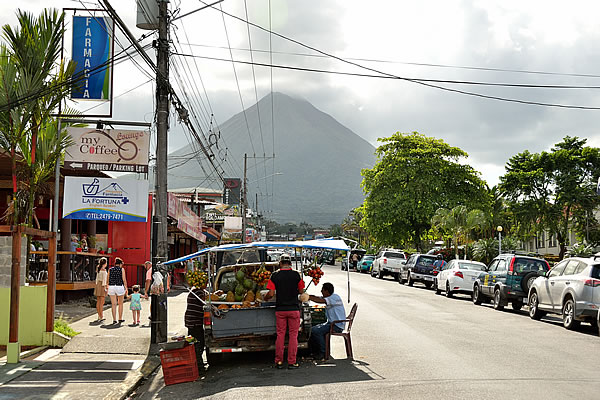 |
|
The Arenal Volcano near La Fortuna village |
|
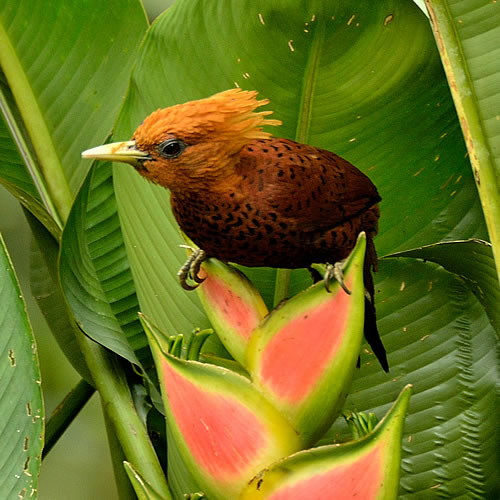 |
|
A Cinnamon Woodpecker |
|
 |
|
Landscape around Laguna de Arenal |
|
 |
|
An Iguana is easily seen in Costa Rica
| |
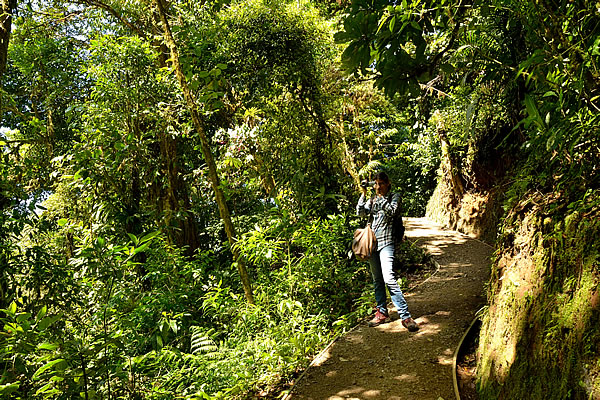 |
|
A hike in the forest near Monteverde © copyright - Babakoto.eu / 2018 |
|